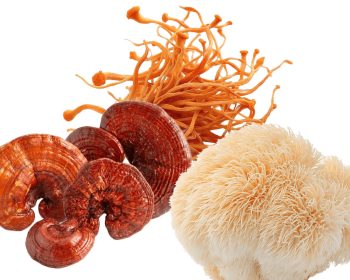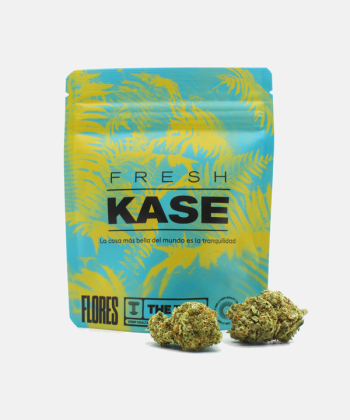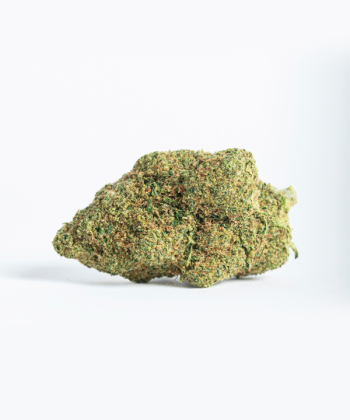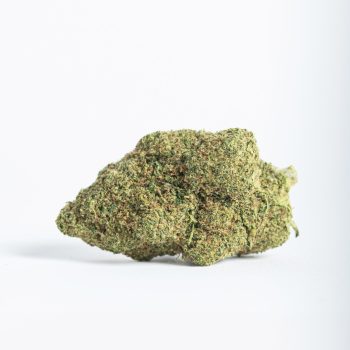Both CBN (cannabinol) and CBD (cannabidiol) are substances naturally produced by the cannabis plant and are classified as cannabinoids.
Although they have a lot in common, CBN and CBD are different in many ways, from their chemical structure to their effects on the body. In this article, we’ll explore the key differences between CBD and CBN, as well as their potential benefits and possible uses.
What are CBN and CBD?
CBN and CBD are two of the many cannabinoids found in the cannabis plant. These active substances have attracted significant interest in the scientific community and the wellness industry thanks to the properties they possess.
Although both compounds originate from the same precursor chemical, cannabigerol (CBG), they differ significantly in terms of their molecular structure and effects.
- CBN (cannabinol): It’s produced through the degradation of THC (tetrahydrocannabinol), which is the main psychotropic component of cannabis. As the plant ages, it gradually converts to CBN. Unlike its precursor, CBN isn’t psychotropic.
- CBD (cannabidiol): Although it’s produced in a similar way to THC, it lacks psychotropic effects. It has been studied for its properties that may reduce inflammation¹, mitigate pain², and improve sleep quality³, among other potential benefits.
Differences between CBN and CBD
Although both CBN and CBD are substances derived from cannabis, there are key differences between them:
- Chemical structure and origin: CBN and CBD have different molecular structures. Their biosynthetic pathways, the route they take to become what they are, are also different. CBN is passively formed through the oxidation of THC (without expending energy), while CBD is actively produced through a series of physiological processes in the plant.
- Quantity produced and obtained: CBD is one of the cannabinoids produced in the greatest amounts by the cannabis plant. In fact, CBD is the most abundant cannabinoid in hemp, a non-psychotropic type of cannabis used for industrial purposes. CBN, on the other hand, is more difficult to obtain as it is a product of the oxidation of THC. It’s worth remembering that THC is the compound that produces the intoxicating effects of marijuana, which is why its production is controlled or limited in many countries.
- Research and understanding of the substance: Although CBN is a natural substance produced by cannabis with multiple potentially beneficial properties, more clinical trials are needed to confirm them. In other words, most of their potential benefits have not been tested in humans, but in experimental models, usually carried out on laboratory mice. The properties of CBD, on the other hand, have been tested and studied in humans and there’s even a drug that contains it (Epidiolex).
Potential benefits of CBN
As explained previously, CBN is a cannabinoid that has rarely been studied in humans, so most of the data available on it are based on preclinical experiments.
That is to say, many of its benefits haven’t yet been tested in humans. Even so, it has very interesting properties that could potentially be useful for people.
CBN has been found to stimulate the appetite. According to a study conducted on laboratory rats in 2012, this cannabinoid increased the appetite of mice and the amount of food they ate when they were given it⁵.
In addition, other research, the results of which were published in 2006, suggests that CBN may have a positive effect on the treatment of psoriasis in humans⁶. This cannabinoid therefore has cosmetic properties that could contribute to the regulation of certain processes in the skin.
It also has antibacterial properties according to a study carried out in 2008⁷.
Lastly, it’s worth highlighting its potential as a neuroprotectant, because, according to an article published in 2005, CBN slowed the progression of amyotrophic lateral sclerosis when tested on laboratory mice⁸.
References
- Burstein, S. (2015). Cannabidiol (CBD) and its analogs: a review of their effects on inflammation. Bioorganic & medicinal chemistry, 23(7), 1377-1385.
- Rapin, L., Gamaoun, R., El Hage, C., Arboleda, M. F., & Prosk, E. (2021). Cannabidiol use and effectiveness: real-world evidence from a Canadian medical cannabis clinic. Journal of Cannabis Research, 3(1), 1-10.
- Suraev, A. S., Marshall, N. S., Vandrey, R., McCartney, D., Benson, M. J., McGregor, I. S., … & Hoyos, C. M. (2020). Cannabinoid therapies in the management of sleep disorders: a systematic review of preclinical and clinical studies. Sleep medicine reviews, 53, 101339.
- Farrimond, J. A., Whalley, B. J., & Williams, C. M. (2012). Cannabinol and cannabidiol exert opposing effects on rat feeding patterns. Psychopharmacology, 223, 117-129.
- Wilkinson, J. D., & Williamson, E. M. (2007). Cannabinoids inhibit human keratinocyte proliferation through a non-CB1/CB2 mechanism and have a potential therapeutic value in the treatment of psoriasis. Journal of dermatological science, 45(2), 87-92.
- Appendino, G., Gibbons, S., Giana, A., Pagani, A., Grassi, G., Stavri, M., … & Rahman, M. M. (2008). Antibacterial cannabinoids from Cannabis sativa: a structure− activity study. Journal of natural products, 71(8), 1427-1430.
- Weydt, P., Hong, S., Witting, A., Möller, T., Stella, N., & Kliot, M. (2005). Cannabinol delays symptom onset in SOD1 (G93A) transgenic mice without affecting survival. Amyotrophic Lateral Sclerosis, 6(3), 182-184.












